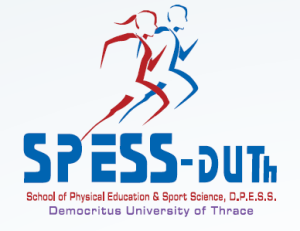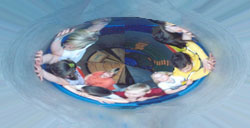Pavlidou E.1, Sofianidou A.1, Lokosi A.1, Kosmidou E.2
1Aristotle University of Thessaloniki, School of Early Childhood Education
2Aristotle University of Thessaloniki, Faculty of Physical Education & Sport Science
Abstract
Communication among children as a social skill is a basic goal in preschool education and creative dance, as an expressive, aesthetic, non-verbal language, can be one of the tools to achieve that. The aim of this study was to investigate the suitability of a creative dance program, focusing on the development of communicative relations among children and their movement expressivity. An interventional program of creative dance was designed and implemented in an average kindergarten for eight weeks, aiming a) at the development of communicative relations, represented as cooperation, responsibility, initiative and activity for common entertainment and b) at movement expressivity, represented as body expression, expressive use of materials and expressing a concept. An observation protocol and a rubric were designed to evaluate children’s performance at the beginning and at the end of the intervention. Forty-nine preschoolers participated, divided into two groups: experimental (n=25) and control (n=24). One-way repeated measures ANOVAs were conducted to compare separately communication relations and expressivity before and after the intervention (Time1, Time 2) and between groups. Concerning both communication relations and expressivity, there was a significant interaction effect between time and group (p<.001), which is evidence for the effectiveness of the program. Nevertheless, further research on a larger sample is needed.
Keywords:
creative dance, preschool education, communicative relations, expressivity.
Download (pdf, 345kb)






